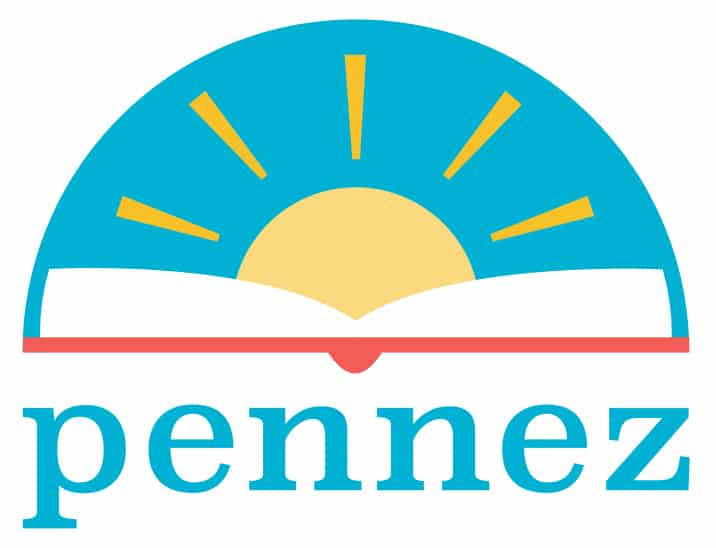
How To Tell A Comedic Story & Love Literacy
I loved it when Mr. Clarence Lomax cupped his right hand around his nose and pointed towards the wall saying, “Mr. Lomax, to my office. I am going to call your mother.” At that moment he was taking me back to his days as a teenager at his school. I imagined brick walls painted white, and beige flooring that he trudged down towards the principal’s office. I thought of his six foot tall principal, dressed in a dark blue suit, with an abnormally long nose pointing at Clarence. Lomax’s story created images in my mind, and I wanted to know more so I could visualize other comedic moments.
Storytelling is an oral literary art form that provides messages and new ideas for audience members. Every day in some way, all people tell stories, and it is important to gather the right framework for the message.
“We all are storytellers who have the ability to tell great detailed stories. Whenever I meet someone that says “I could never speak in front of people” or “I could never tell a great story” I tell them to think about the last conversation they had with the closet person to them. Speaking in a way that makes the person on the receiving end vividly visualize what you are saying is not as challenging as some may think. It’s all about first becoming comfortable then allowing people in your comfortable space,” explains Lomax.
Storytelling is a literacy framework that can shape someone’s understanding to love reading and stories1. Storytelling gives listeners the ability to hear and see vocabulary, expression, story elements, and parts of a narrative. Storytelling has a message along with emotions and characters. It is an oral art that gives meaning to experiences and perspectives. With storytelling, it can be used as an entrypoint to help readers. I will share three examples on how storytelling can be connected to advancing a youngsters reading skills.
1. Details
When telling a story, it is best to know the details of why you are telling that story. Is the purpose of your story to inform, to entertain, to sell, or to persuade? Once the purpose is decided, then it is important to decide the emotion whether it is joyous, sad, furious, or more. Afterwards, give details and descriptions on what happens, or even what does an object look like or feel like. Clarence Lomax gave the example of selling a phone. He laughed and smiled to show that he was going to be funny. During his story he said, “We have this black, shiny, phone. It actually has two camera, and is about 6 inches long. It is pretty big, and you can even text on it.” He suggested that having details about the story helps the listener “visualize the story better.”
2. Visualize
Storytellers use hand motions, facial expressions, or even different voice intonations to give the listener the ability to see what is being spoken to them. If the teller has a really important moment within his or her own story, then the listener could imagine a relatable moment in their own mind. In this personal experience, students have the ability to retell what was spoken and even see how vocabulary was used within their own experience. As an example, Mr. Lomax provided a visual when he swiped his hands from left to right pretending to be his principal scolding young Lomax. Then he tilted his head towards the ceiling and slowly cried, “Why?”
3. Sense of Story
Having a sense of story can reinforce a student’s reading comprehension. Reading comprehension is vital to a student’s understanding. Being able to comprehend is where a listener can explain the characters, setting, plot, beginning, middle, and end. A story can have simplicity or depth where the “the use of descriptive oral language, students are able to have an enhanced experience with literature.”
To learn about storytelling, visit your local library and see if they have connections to artists within your community. Visit the National Storytelling Network. Study your favorite actor and pick through their phrases. Connect with Clarence Lomax visit here.
1-Miller, S., & Pennycuff, L. (2008). The Power of Story: Using Storytelling to Improve Literacy Learning. Journal of Cross-Disciplinary Perspectives in Education,36-43.